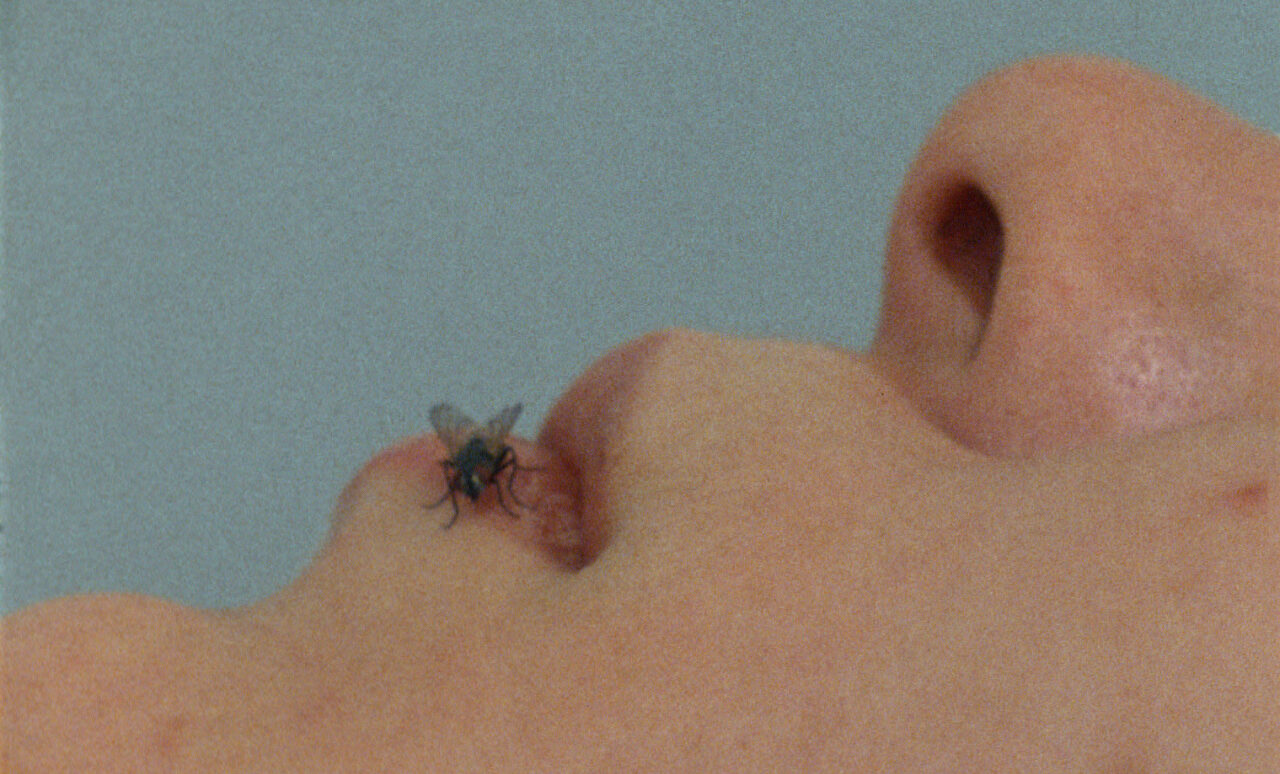Yoko Ono: Music of the Mind at Tate Modern

This retrospective is the largest exhibition of Yoko Ono’s work put on in the UK. It spans the nonagenarian’s trailblazing, multi-disciplinary career from the mid-1950s until now. Over 200 works have been gathered including instruction pieces, scores, installations, films, music and photography.
The show unfolds in a sleek black-and-white colour palette that echoes the emphasis on imagination. Arranged chronologically, it includes some never-before-exhibited photos from her early years in New York in the mid-1950s where she rented a loft space and enticed illustrious visitors such as Peggy Guggenheim, Marcel Duchamp and Max Ernst to her happenings. She is a magnetic presence in the photos, luminously beautiful and exerting a powerful pull. The texts make clear that Ono’s was a singular mind from the start. Having studied musical composition as a child, she decided to musically notate everyday sounds. She plays with imagination and thought.
In Cut Piece (1964) the film shows an impassive Ono resting on a stage, legs folded, while attendees are invited to come up to her and cut off pieces of her clothing. The instruction brings out the character of the participants in how they approach it. “This may take a while,” says one young man before snipping down her camisole and snipping off her bra straps with a precious concentration.
Many of the pieces unlock the adult need for play and doing stuff for no reason other than “Well, why not?”: “Here, put this black bag over yourself and roll about on the floor.” Elsewhere, “Hammer a nail into this canvas.” They are simple maybe and sometimes silly perhaps but they seem to speak to some deep-seated need. Before the exhibition opened, the olive wish trees in the foyer outside are confetti’ed with dangling hopes and dreams.
Some pieces are not major. The sound of a flushing toilet doesn’t add anything and a mirrored box inviting the viewer to smile at themselves is just cheesy. But mostly, there is a surreal irreverence that is exciting and funny. Ono doesn’t get enough credit for how funny she is. FILM NO. 4 (BOTTOMS) (1966-7) is a film of over 200 (credited) bottoms mooching around, which for Ono represented “the London scene today”.
Original typed instructions from her book Grapefruit combine instructions that are surreal: “Send a smell to the moon,” and thought experiments: “Construct a painting in your mind,” with those that border on witchcraft: “On the night of the full moon, place a canvas in the garden from 1 am till dawn…” The all-white chessboards where players are instructed to play for as long as they can remember whose pieces are whose, look striking and create something heightened and memorable.
John Lennon appears of course and pictures of them together give a sense of souls united in grand play. One photo feels like they have created Alice in Wonderland for themselves. In the listening stations that play a selected playlist of her music especially, you get a palpable sense of the profound sense of loss his murder sent through her life. It’s such a well-known story that maybe the human part of it is forgotten at times.
What she does might seem simple, but no one else had done it before. Ono may attract a certain amount of hate, especially for things like bleating over Lennon singing with Chuck Berry on live TV, but the visible look of wtf-ness on Berry’s face when the sound reaches him is a moment no one else could have created and more memorable than a straight rendition would have been. There’s a place for non-confrontational entertainment but there’s also space for what Ono does. She is a powerful person, even her detractors would have to agree. After all, they’re still talking about her. And far from coming across as might be expected from her mainstream portrayal, she comes across as a generous, kind, playful spirit, and one with an idiosyncratic mission.
Jessica Wall
Image: Yoko Ono, Fly, 1970. Courtesy of the artist
Yoko Ono: Music of the Mind is at Tate Modern from 15th February until 1st September 2024. For further information visit the exhibition’s website here.
























Facebook
Twitter
Instagram
YouTube
RSS